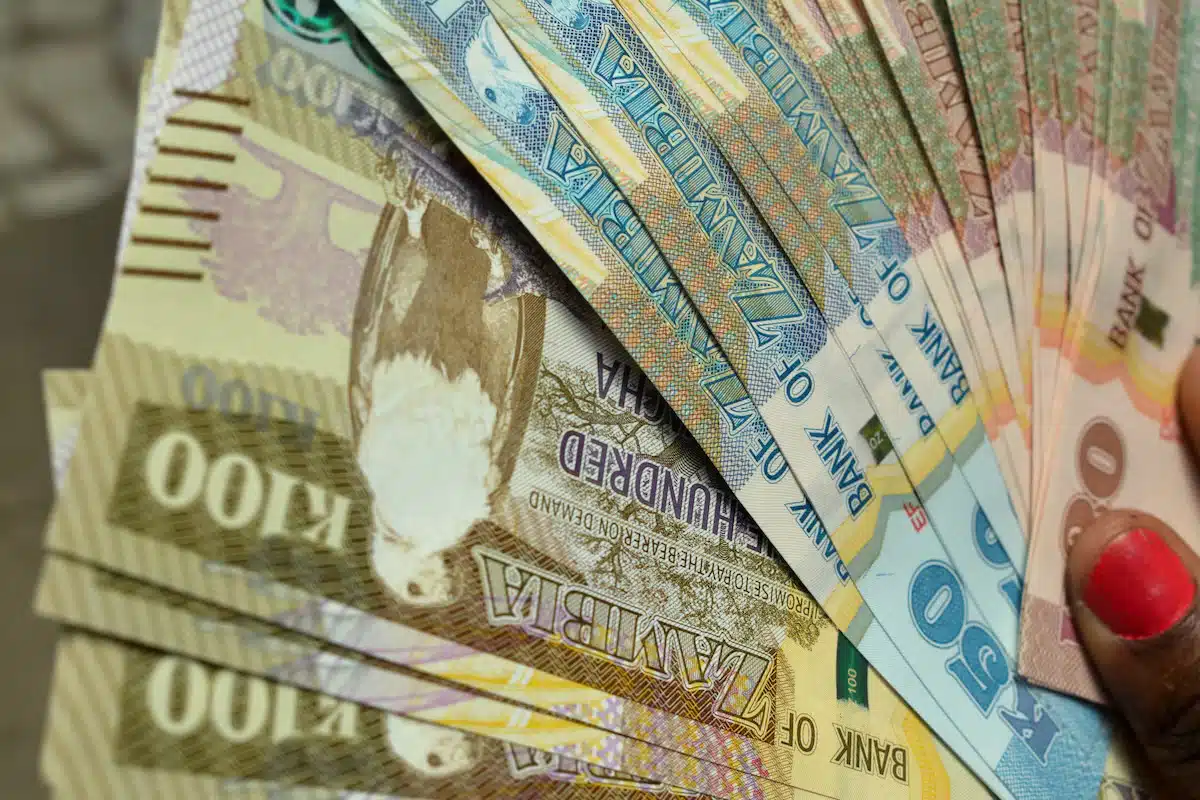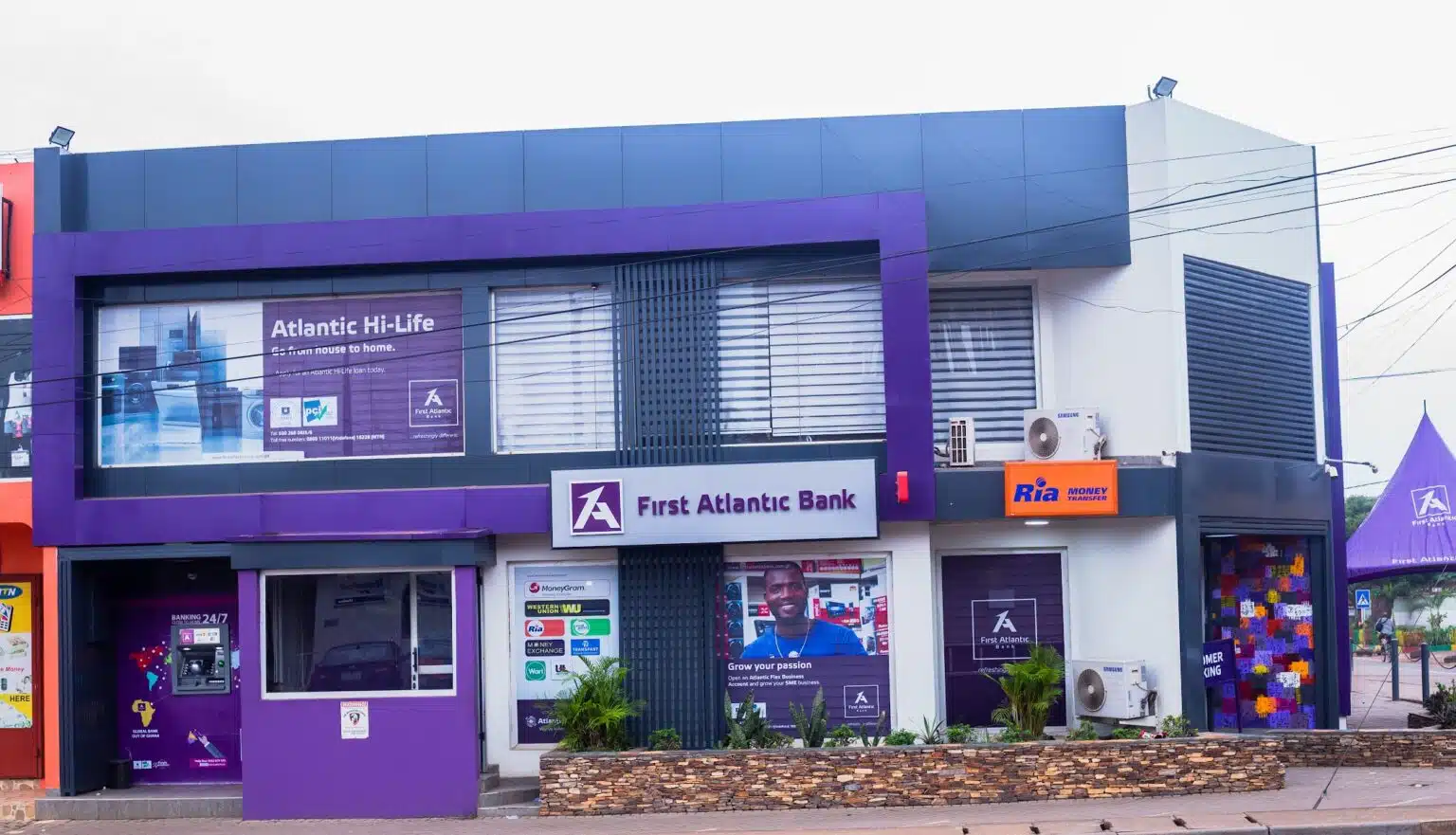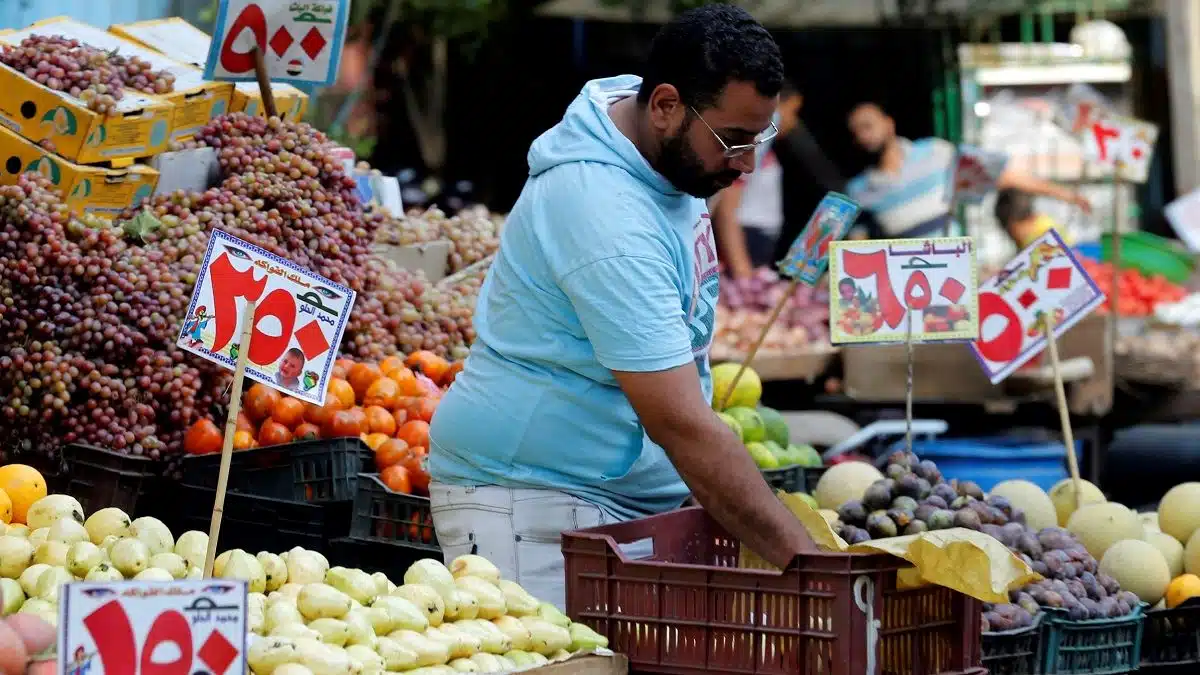Zambia has disclosed plans to conclude its debt-restructuring talks with remaining bilateral creditors by the third quarter of 2025, according to Finance Minister Situmbeko Musokotwane.
The southern African nation, rich in copper resources, has already finalised agreements with France and Saudi Arabia, but deals with other key creditors, including China, are still pending.
In an interview from Washington on Monday, where he is attending the Spring Meetings of the International Monetary Fund (IMF) and World Bank, Musokotwane said the government was hopeful that technical details would be settled soon.
“Right now, those technical details are being worked out,” he said, adding that the final agreements should be concluded by the third quarter of the year.
Zambia was the first African country to default on its debt after the economic upheaval caused by the COVID-19 pandemic. The process of negotiating debt relief with a variety of creditors, including state-owned Chinese banks, Paris Club countries, and bondholders, has been slow and complex, with several setbacks along the way.
Debt restructuring guided by G20 framework
The country’s debt restructuring has followed the Group of 20’s Common Framework, an initiative designed to help developing nations manage unsustainable debt burdens in the wake of the pandemic. As the first country to navigate this process, Zambia has been seen as a test case, with other nations looking to its experience for guidance.
Zambia has made significant progress, reaching agreements or agreement in principle for about 90% of the loans being restructured. However, key deals with the Export-Import Bank of China, which holds $4.1 billion in loans to Zambia, and another $1.5 billion in debt to Chinese commercial lenders, have yet to be finalised.
Positive economic outlook but challenges remain
Despite the ongoing challenges, there are positive signs for Zambia’s economic recovery.
Earlier this month, Moody’s upgraded Zambia’s debt outlook, and projected that the country’s economy will grow by 6.6% in 2025, the fastest pace since 2012.
A major contributor to this growth is expected to be copper production, which is forecast to rise to a record 1 million tonnes in 2025, up from about 820,000 tonnes in 2024.
Additionally, the government expects to achieve food self-sufficiency through an improved corn crop, following a year of costly imports due to drought.
However, Zambia remains at high risk of debt distress, despite the positive growth projections.
The Ministry of Finance and National Planning reported in a March 31 report that public and publicly guaranteed debt stock rose to $28.7 billion last year, or 117.7% of gross domestic product (GDP), compared to $20.5 billion in 2020.
Zambia’s programme with the IMF is set to expire in October, and the government is evaluating whether to extend the arrangement or pursue other financial options.
Musokotwane expressed satisfaction with Zambia’s cooperation with the IMF, saying, “The IMF programme for us has worked very well. They believed in our story—they backed us.”
Looking ahead, Zambia’s 2026 elections could complicate its fiscal policy as election years, historically, tend to bring increased government spending to attract voters.






